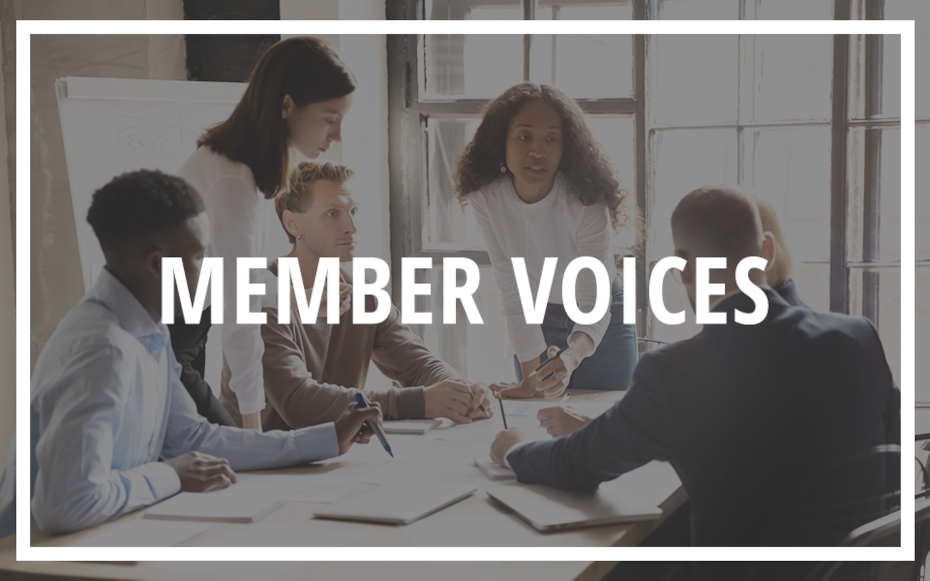Work-based learning opportunities such as internships and apprenticeships are excellent ways to explore various jobs and industries and find the right career path. While these programs can be beneficial to anyone, they may be especially impactful for students with disabilities as they begin to envision life after college and strive to make meaningful connections to assist in pursuing their career goals.
With that in mind, the Employer Assistance and Resource Network on Disability Inclusion (EARN) has developed resources to assist employers in developing and implementing internship and employment programs with an overall goal of recruiting, hiring, retaining, and advancing people with disabilities. As the principal investigator and project director of EARN, I would like share some tips to help employers get started on this important journey. [Editor’s note: EARN is a NACE partner.]
Hiring people with disabilities—whether for on-the-job training opportunities or another type of position—allows employers to work towards meeting their diversity, equity, inclusion, and accessibility (DEIA) goals and build a pipeline of diverse talent for the future. According to research conducted by Cornell University, employers who offer internships for people with disabilities are 5.7 times more likely to hire a person with a disability on a more permanent basis compared to those who do not have this practice.
Ensuring your internship or apprenticeship program is inclusive does take a bit of planning, but it does not have to be complicated. Here are five steps to follow to start you on the path:
1. Identify leadership to coordinate the program. The right leadership is crucial to a successful internship or apprenticeship program. Program coordinators must:
- Develop a clear mission and goals for the program, with expectations spelled out for both staff members and participants;
- Collaborate with company leadership and HR/hiring managers to discuss gaps in the organization that interns or apprentices could fill;
- Identify resources that are currently available for use in the program, and new resources that can be beneficial. These might include educational and training materials, technology, accessibility adjustments and sources for potential financial support for the program, such as grants; and
- Ensure that your organization’s culture fully embraces diversity, equity, inclusion and accessibility. Evaluate what is currently working in your organization and address areas needing improvement.
2. Find candidates for your program. When recruiting candidates for an internship or apprenticeship program, be sure that all application materials, including job descriptions and announcements, are clear, concise and targeted to the intended audience you are trying to reach. It’s critical that all materials are accessible to everyone, including students with disabilities. To find qualified interns and apprentices, hiring managers can cultivate relationships with colleges and universities, career centers and state and community-based organizations such as vocational rehabilitation agencies, American Job Centers, centers for independent living, and other partners for sourcing candidates with disabilities that match the skillsets and abilities for which your organization is looking.
3. Practice inclusive interview techniques. When interviewing candidates, whether in person or remotely:
- Follow basic disability etiquette and act in the same manner as you would with a person without a disability;
- Be sure to ask questions tailored to the position and allow the candidate to share their strengths. Do not ask questions about a person’s disability, such as: “What happened to you?” The key is to focus on the candidate’s abilities and whether they are qualified for the job, not their disability;
- Do not conduct an employment test or request a medical examination unless all employees in the same job category are required to take one; and
- Wait until the candidate requests or mentions an accommodation before discussing this topic. Employers should not assume a candidate with a disability will need an accommodation but should be prepared to provide one if requested.
4. Welcome your new talent. Now is the time to ensure your onboarding processes are inclusive, welcoming, and accessible for everyone. As you would with all new staff, reach out with a formal offer letter and allow the candidate to disclose any reasonable accommodations they may need. Determining accommodations should be a collaborative process based on a person’s specific needs and the responsibilities required in their position. Proper training and orientation should also occur so that interns or apprentices are clear about their day-to-day duties, and supervisors can adjust duties if needed. Once an intern or apprentice has been working with your company for a significant amount of time, it is important to provide detailed feedback on their performance, including what they are doing well and what needs improvement. Ensure all onboarding and training materials, including videos and online courses, are accessible to all employees.
5. Evaluate successes and areas for improvement. Once your organization’s internship or apprenticeship program has been in place for some time, it’s important to take a look at what’s working well, and what can be improved. Evaluate any challenges or barriers you may be facing and determine how to address them, and share successes, including data about the return on investment of the program, with company leadership.
For many students, both with and without disabilities, internships or apprenticeships are a first step on the path to a rewarding career. When approached with inclusion in mind, they can also serve as an important step for employers as well, helping them build a stronger, more diverse workforce, today and for years to come.






